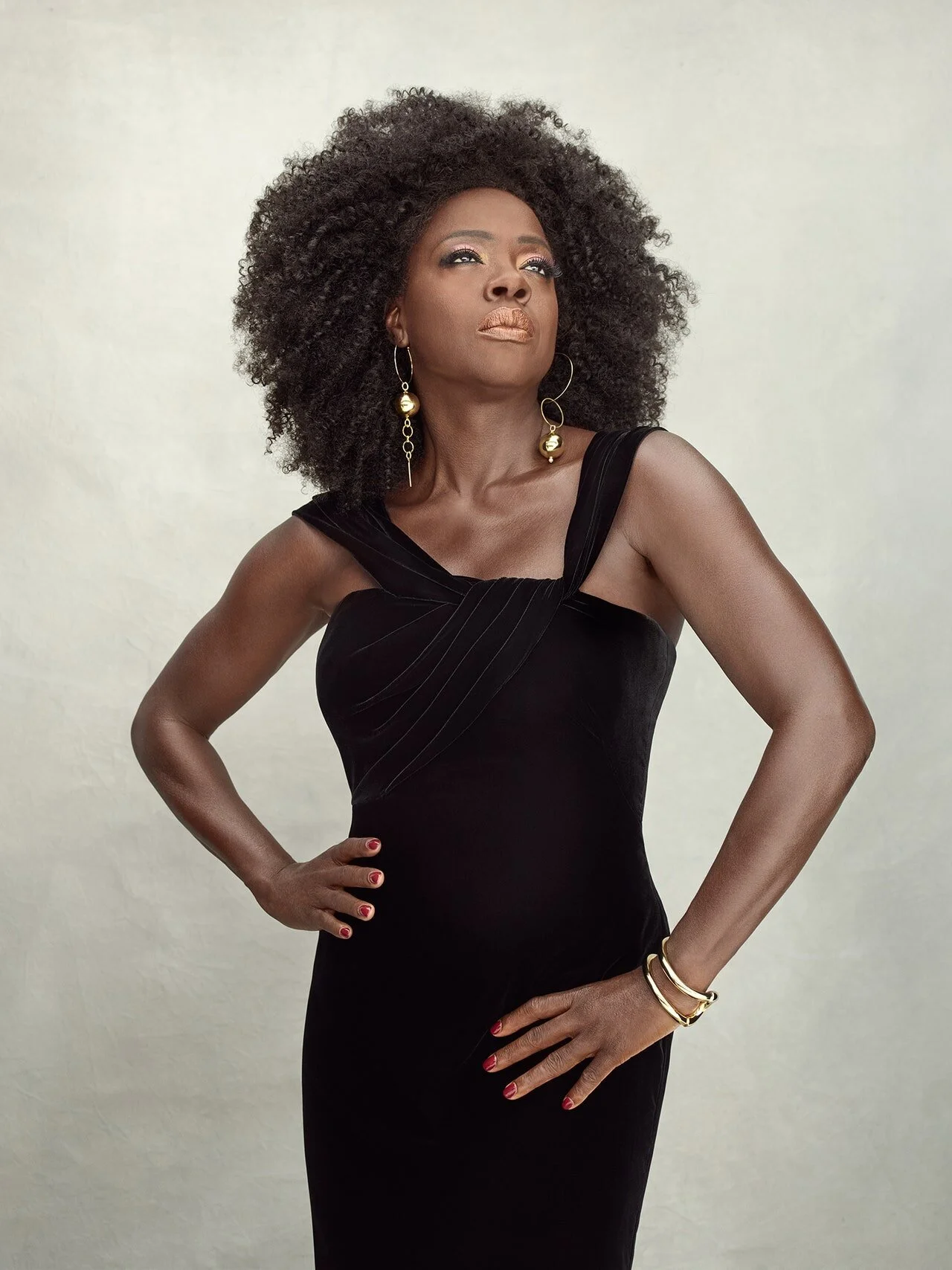How Black Femininity Is Celebrated Through Photographic Images
Grace Jones, Photographed by Jean-Paul Goude
Black women and their innate femininity have been photographed over years of ubiquitous hardship and struggle. However, recently, photographers have shifted the focus to their resilience and beauty.
Hence, Black women have shown their “strength” and have perpetrated culture in ways that have become a staple of Black femininity.
But often, Black women are burdened with the masculine, atrophy, and contradiction to the soft and delicate. Masculine associations with Black women hinder the feminine factor that exists.
Yet, the image of Black women is often skewed through a modern context. Thus, reflecting ideas of macho-ism and laddish behavior.
Black Femininity through the lens
Consequently, Millennial and Generation Z photographers have taken to the image of Black women and have accentuated their existence.
Photographers like Renell M., Mark C., Micaiah C, Tyler Mitchell, Daniel Obasi, Joshua Kissi, Deana Lawson, and Dario Calmese, have all given their lens to Black femininity.
Rihanna photographed by Deana Lawson for Garage Magazine.
The struggles and the positioning of Black people in society are artfully crafted in a single image. Image-makers like Lawson play an important role.
In fact, Lawson does us a visual service with her portraits, highlighting the love a Black woman receives. The context lives in the unseen of the life inside a Black house-hold. Lawson retrospectively captures the love Black women have for themselves and their black femininity.
Thus, icons like Serena Williams, Beyonce, and Grace Jones have weathered the storm of critique on their black femininity.
Serena Williams
For example, there is tennis star Serena Williams. She got scrutinized for doing what any man would do in an athletic environment.
Williams, on the contrary, has dictated by her work-ethic for the sport and her athleticism. She has worked to maintain a physique that some argue is not feminine [-enough].
Yet, she stands alone on a pedestal as arguably the greatest-athlete – among all athletes, including men – of all time.
Her winning mentality lent to the non-feminine association when she got into a heated discourse with an umpire at a tennis match. Thoughts of her angered over a call subsided as she gave birth to a child amid her illustrious career.
Beyoncé
On the other hand, Beyoncé suffered a critique in a similar setting after performing at Super Bowl 50. After the game, degrading comments were made following the rumored reasons for the power outages toward her.
Likewise, Mrs. Knowles-Carter became a political threat to society and an internet meme for having a transformative gender aesthetic within her performance. Not to mention, they claimed she “attacked” the police.
Thus, a still shot of her performance captured her muscle-tone in a way that some viewers saw as masculine. And sadly, deafening the femininity of her song.
Beyonce at the 50th Super Bowl halftime show, Levei's Stadium, Santa Clara, California, 2016.
Tyler Mitchell
However, Tyler Mitchell may have remedied that association later. His 2016 Vogue cover mirror what black femininity is really about.
The editorial captures Beyonce in a sun-drenched expanse of a yard, surrounded by soft-colored and floral patterned bedsheets on a clothes-line. Thus, Beyonce wears floral headdresses and dresses in a variety of styles, giving her a motherly, ‘homemaker’ aesthetic.
This traditional scope of femininity was a coming of age for the soon-to-be mother of 3.
Tyler Mitchell photographed Beyoncé for the September issue.
Grace Jones
In a similar way, Grace Jones famously took on the masculinity perceived among Black women and made it her calling-card. In turn, she took Black femininity to an ambiguous state and brought it all home with the fashion that she dawned, fit for her future-fem persona.
Photographed by Jean-Paul Goude, Grace Jones’ iconic photo showing her in a yoga-esque pose holding a mic.
This moment was perhaps the femininity she sought while displaying a strength unique to her. Subliminally, giving a voice to the group.
Grace Jones, Photographed by Jean-Paul Goude
Black femininity in contrast
Words and anger from the public on these figures have contrasted femininity and have been unfair. The struggle for Black women is the notion that they are non-feminine. Depicted through a narrow and stereotypical lens.
Oscar-winning actress Viola Davis made this claim in her interview with Vanity Fair title “My Whole Life has Been a Protest.”
In the interview, Davis lays out the very nuanced and racist approach Black women within the art context and their public image.
Gown by Armani Privé; earrings by MOUNSER; cuff by Giles & Brother.PHOTOGRAPHS BY DARIO CALMESE; STYLED BY ELIZABETH STEWART.
“WHO’S TELLING A DARK-SKINNED GIRL THAT SHE’S PRETTY? NOBODY SAYS IT. I’M TELLING YOU, SONIA, NOBODY SAYS IT. THE DARK-SKINNED BLACK WOMAN’S VOICE IS SO STEEPED IN SLAVERY AND OUR HISTORY. IF WE DID SPEAK UP, IT WOULD COST US OUR LIVES. SOMEWHERE IN MY CELLULAR MEMORY WAS STILL THAT FEELING—THAT I DO NOT HAVE THE RIGHT TO SPEAK UP ABOUT HOW I’M BEING TREATED, THAT SOMEHOW I DESERVE IT.”
Viola Davis, Vanity Fair
Davis goes on to say, “I did not find my worth on my own.” Possibly referring to femininity granted to white women (or women who are not Black).
This way, ideas of the non-feminine Black women, or the emasculating Black women, are long-toothed at this point.
Black women’s bodies have been subject to the will of white men throughout the pain and history. Not to mention, early medicine. In a deeper context, this involved slavery practices, surgical studies, biological testing, and sexual pleasure.
In a way, this forced procreation of Black people to further the slave trade.
It comes from the past
Dr. Samuel Cartwright published “Diseases and Peculiarities of the Negro Race” in 1851. The article claims that bearers of Black skin were “partial insensibility.” As a result, this led to a snowfall of ideas and concepts that Black people were forced to confront.
Dr. J. Marion Sims was known as “the father of gynecology” during the 19th century. This was due to his white privilege over Black women’s bodies and their wombs. Sadly, he did as he pleased to many Black women without any political, societal, moral, or principal deterrence.
Furthermore, in the early 1800s, Saartje [Sarah] Baartman was subjected to European objectification for her full figure and Black skin as a staged circus act. Baartman wasn’t considered feminine. In fact, she was viewed as a physical anomaly, remote from any human connotation.
The South African woman ironically was headlined to the masses as “Hottentot Venus.” “Hottentot” is the name that represents her African origins of the nomadic Khoi people.
The irony comes in the “Venus” name as it directly refers to the Roman goddess of love and fertility. Traits granted to women of other ethnicity or race. An innate feminine role.
Yet, the image of Black women today contradicts the “strong Black woman” is an “angry Black woman.” She is a woman.
American women’s rights activist Sojourner Truth may have questioned her existence with her “Ain’t I A Women?” speech.
The overall treatment of Black women was disputed in her words and later adopted by white women’s societal groups. Truth undoubtedly re-affirmed who she already knew to be a Black woman.
Giving way for generations of women who feel femininity is a struggle rather than a unique advantage of being a woman.
Featured













Consequently, a well-designed routine provides a sense of order and familiarity, thereby reducing anxiety and promoting a calmer state of mind that allows living everyday lives.